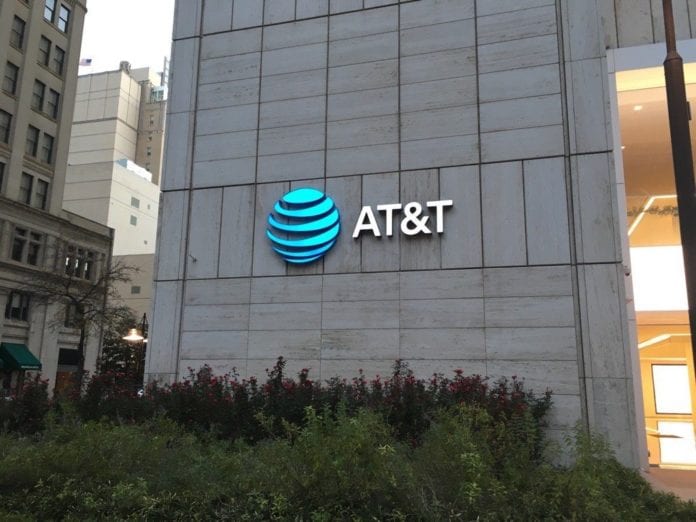Connected streetlights could alert public safety officials to car accidents
AT&T has a lot going on at the moment. In addition to working to meet its goal of launching commercial, mobile 5G services in a dozen cities by the end of the year, AT&T is building out a dedicated LTE network for public safety users and growing the reach of its smart cities business.
Based on news out of the AT&T Business Summit going on in Dallas, Texas, this week, the carrier sees some adjacencies in its public safety and smart cities businesses.
In the hyper-connected future, AT&T Business Chief Marketing Officer Mo Katibeh envisions connected street lights, kitted out with traffic and noise sensors, essentially hearing a traffic accident and reporting it to local emergency management officials. Meanwhile, metrics that allow responders to gauge severity and prepare accordingly are transmitted in real-time.
Katibeh describes the scene in a recent blog post: “Augmented reality apps accessed via a dedicated network help first responders quickly determine the best place to apply the Jaws of Life to rescue those trapped. Paramedics then send photos and videos of patients and their injuries directly to a hospital who can help triage needs and prep emergency rooms prior to arrival.”
AT&T’s FirstNet initiative is progressing rapidly as the company signs up public safety agencies and also picks up consumer subscribers in the process. On the smart cities front, the carrier has moved from piloting projects for cities to selling services at increasing scale. As it relates to its own network expansion, AT&T in Los Angeles swapped the city access to wireless sites in exchange for internet of things deployments.
Katibeh discussed the complementary nature of the operator’s various projects. “Individually, each of these areas is driving unbelievable advancements in public safety. But the opportunity to blend them together has the power to completely revolutionize the field. The cohesive benefits yet to be realized will help lead to swifter, more coordinated and more informed responses. And ultimately, that will help lead to improved outcomes.”

